-
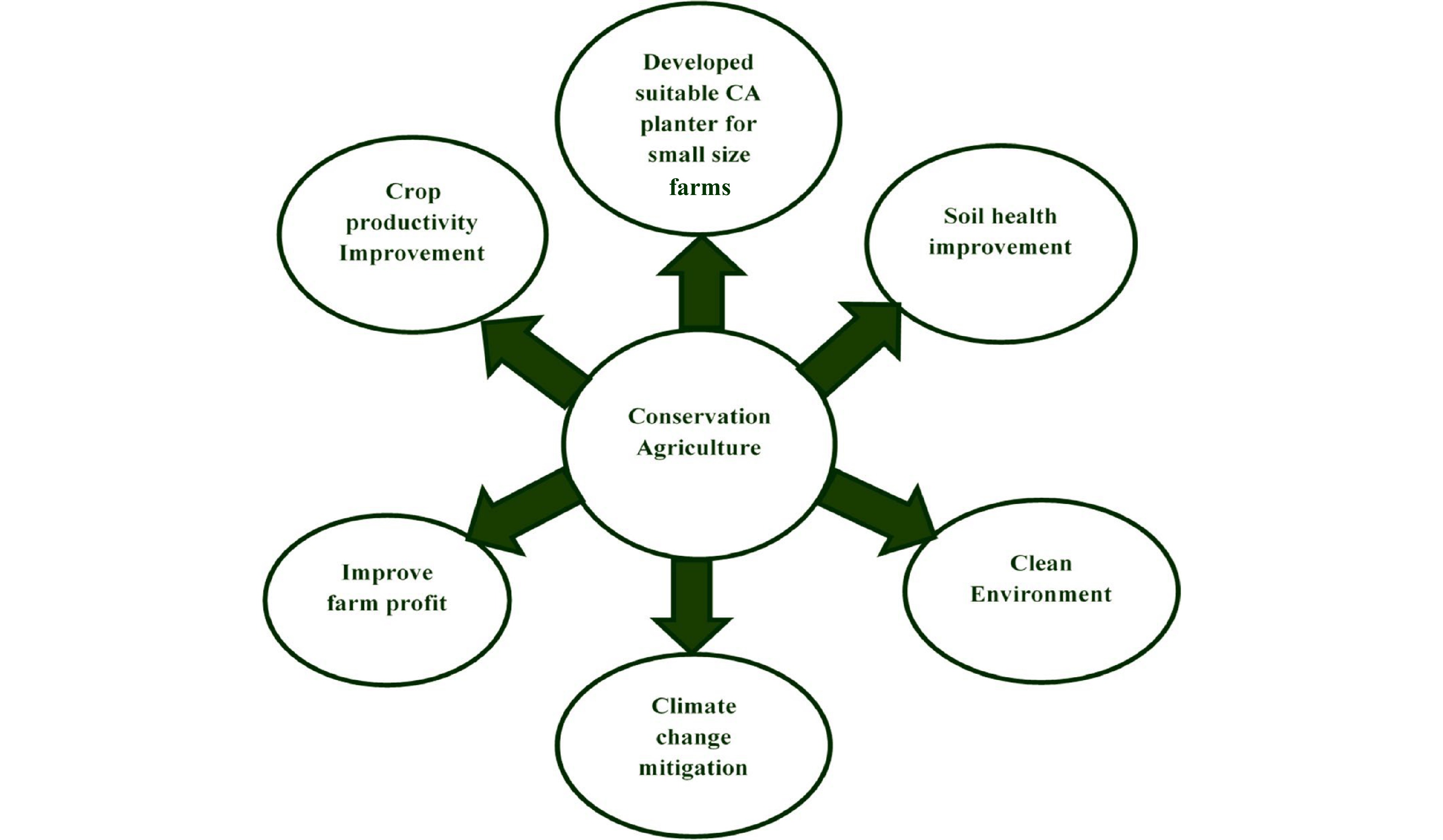
Figure 1.
Opportunities of Conservation Agriculture (CA) in intensive rice-based system.
-
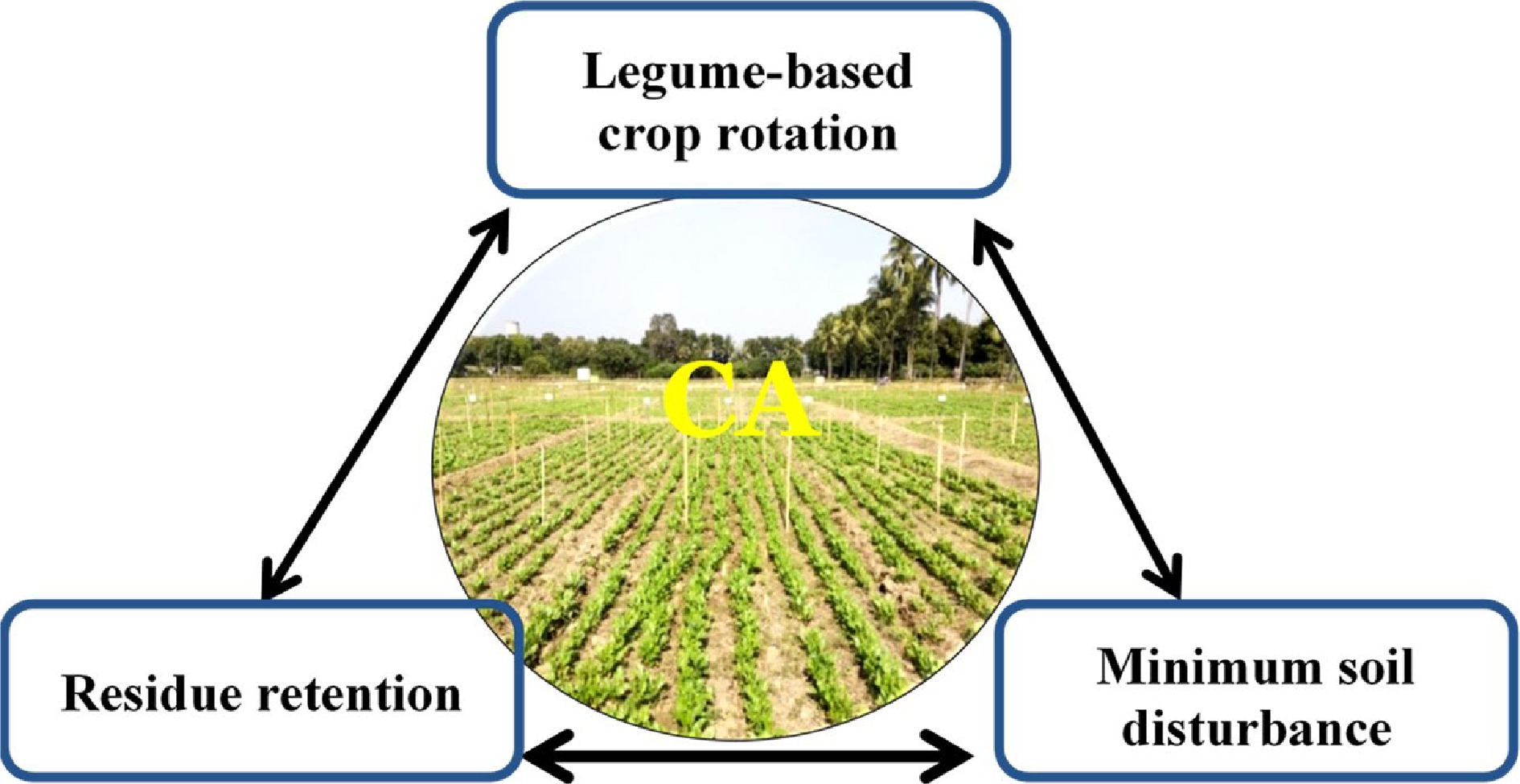
Figure 2.
Three interlinked key components of CA.
-

Figure 3.
Soybean in zero-till system.
-
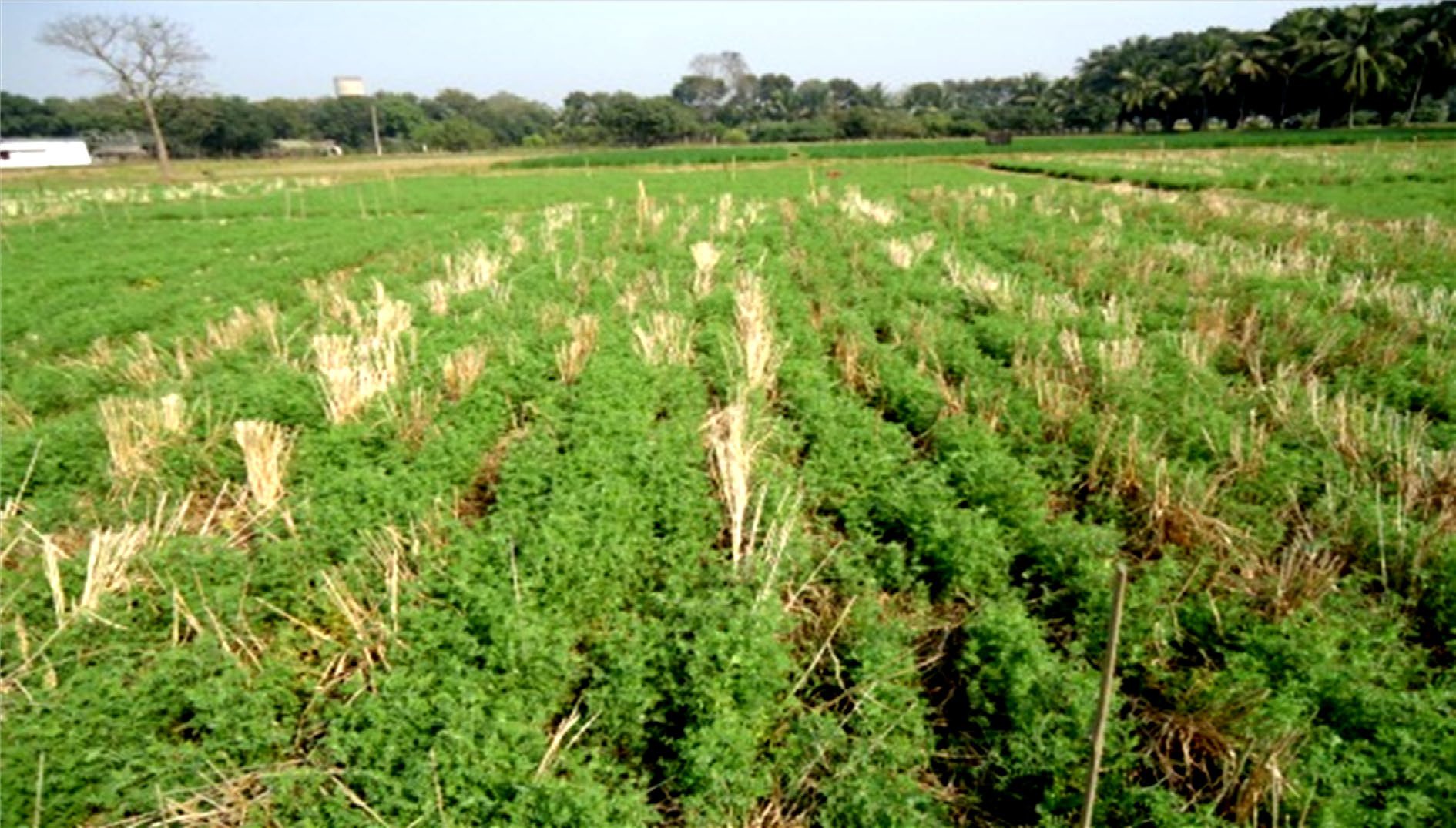
Figure 4.
Lentil in Conservation Agriculture practices (strip planting system and high residue retention).
-

Figure 5.
Lentil sowing using a raised bed planting system.
-

Figure 6.
Impact of legumes on soil health. Modified from Gogoi et al.[103].
-
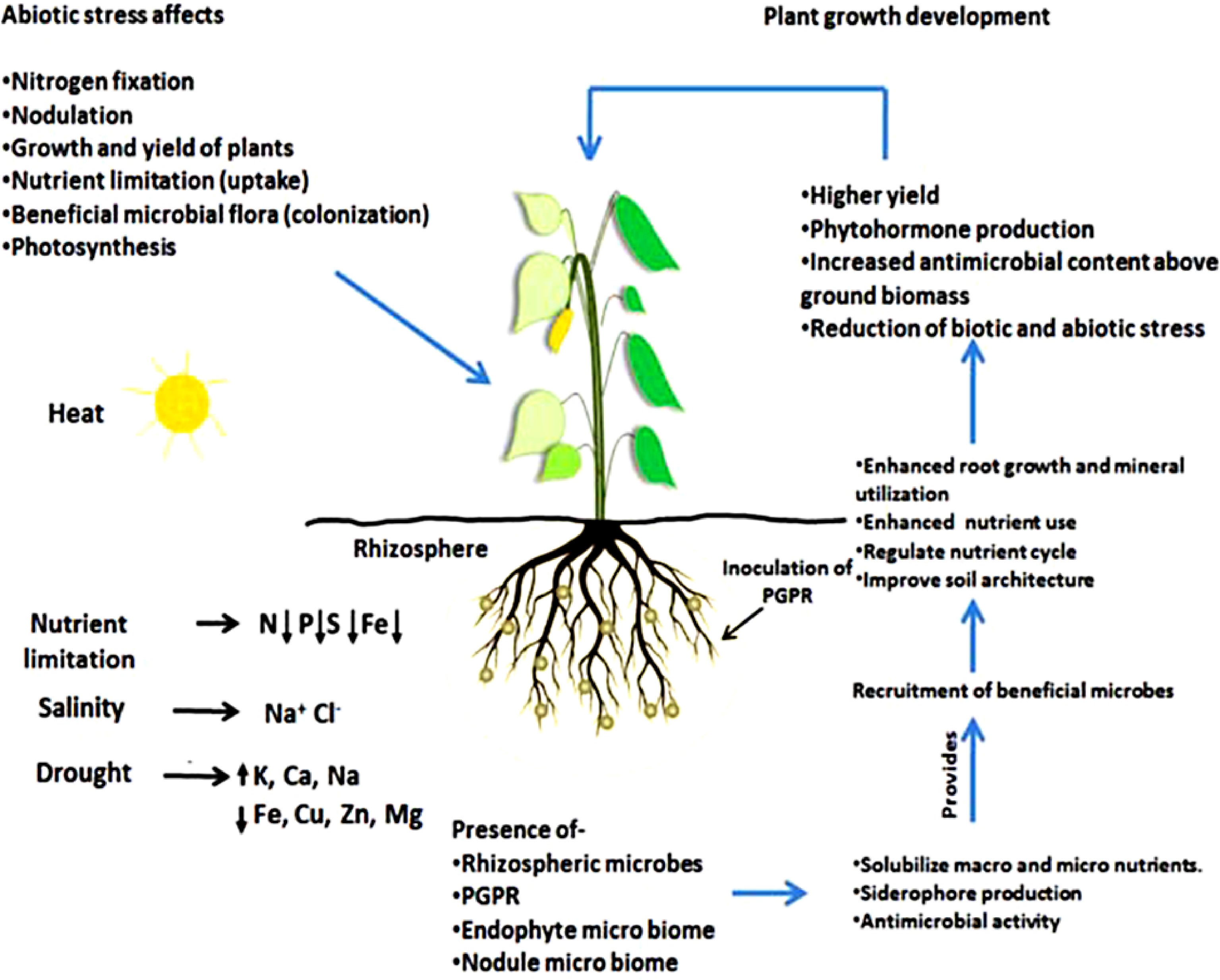
Figure 7.
Abiotic and nutrient stress tolerance in plants through endophytic microbes. Adapted from Kirchof et al.[12].
-
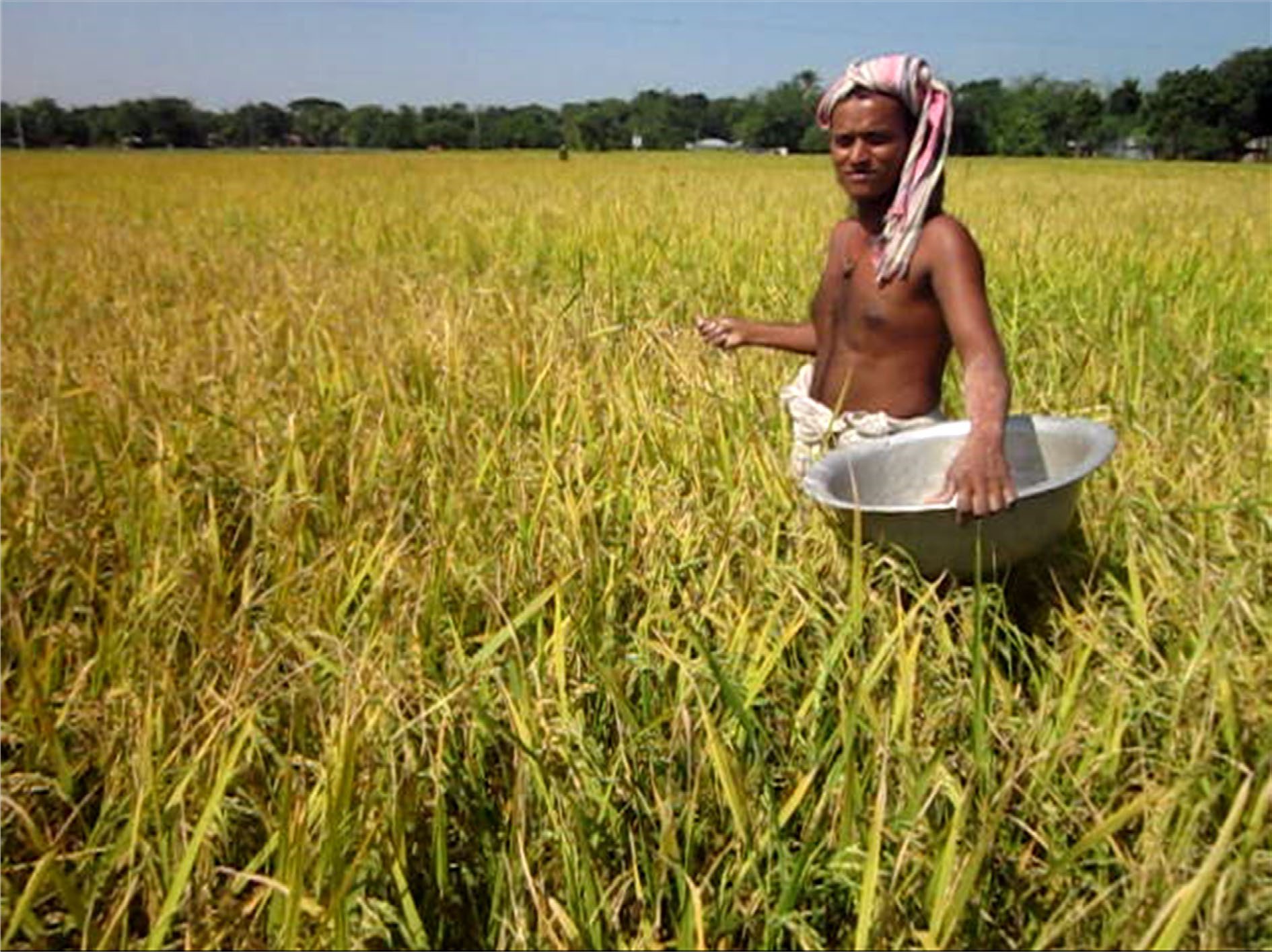
Figure 8.
Relay sowing lentil into standing monsoonal rice.
-
Constraint Cropping system Cause Consequence Solution References Stagnation or decline in crop yield Rice-wheat Continuous cereal–cereal rotations The decline in soil physical and chemical quality Inclusion of legumes in rice-based system [35] Unsustainable production system Rice-wheat; maize-wheat Continuous cereal–cereal rotations Crop productivity decline Inclusion of legumes in rice-based system [23] The decline in soil organic carbon, total productivity Rice-wheat Continuous cultivation of
rice-wheat cropping systemDecline in sustainability Inclusion of pulses and organic nutrient management practices [19] Unsustainable production system Rice-wheat Low yield and farm income; environmental constraints and weather variability Declined crop yield, profitability and resource
use efficiency, and increased global warming potentialAdaptation of CA-based systems [13, 36−40] Decreasing crop productivity Rice-wheat;Cotton-wheat Degradation of soil physical properties The decline in crop productivity Application of CA-based management system - minimum or no tillage along with crop residue retention [41] Soil organic carbon depletion Rice-wheat Intensive tillage and removal of crop residue Reducesproductivity and causes environmentaldegradation Residue retention and ZT system [42, 43] ZT and residue retention [44−46] Rice-wheat/lentil-mungbean; rice-mustard-Jute Intensive tillage and removal of crop residue Depletion of SOC and soil N, and causes environmentaldegradation Strip planting system and residue retention [47−50] Stagnation of crop yield, greenhouse gas emissions Rice-wheat Excess use of agricultural inputs Increased the emission of greenhouse gases Changes transplanted rice to direct-seeded/non-puddled rice, reduce the use of organic sources [51−54] Yield reduction Rice-wheat Heavy weed infestation Declined yield as a result of heavy weed infestation Incorporation of legumes in the rotation and cultivation of allelopathic crops [52] Input intensive deteriorates soil health and is less profitable Rice-maize Puddling in rice and
complete residue removalNegative impact on soil physical status for maize ZTDSR followed by ZTM (zero tillage maize) [55] Table 1.
Production constraints of conventional rice-based systems in Indo-Gangetic Plains.
-
Cropping pattern Region (land type) T. Aman rice – Chickpea – Fallow High Barind Tract (drought-prone) Sesbania (green manure) – Chickpea T. Aman rice – Wheat – Mung bean High-land (plain) Fallow – Legumes – Jute T. Aman rice – Maize – Mung bean Medium land (plain) T. Aman rice – Mung bean – T. Aus rice Saline and non-saline areas T. Aman rice – Soybean – Fallow Table 2.
Major crop rotations involving legume crops in Bangladesh. Source: Rahman[93].
-
Treatments Soil organic C (%) Avail. N (kg/ha) Avail. P2O5 (kg/ha) Avail. K2O (kg/ha) Rice-wheat 0.35c 258.9c 18.1c 222.9c Rice-chickpea 0.38b 272.5b 20.7ab 237.9b Rice-wheat-rice- chickpea 0.37bc 266.6b 19.2b 238.0b Rice-wheat-mungbean 0.42a 286.3a 21.1a 262.2a Adapted from Nadarajan & Kumar[102]. Table 3.
Effect of cropping pattern and nutrient management on soil fertility.
-
Sl No. Legume crops Water requirement (cm) Winter legumes 1 Chickpea 12–21 2 Lentil 10–12 3 Field pea 12–14 4 Rajmash 20–25 5 Lathyrus 10–12 Kharif/summer legumes 1 Black gram (summer) 22–30 2 Mungbean (summer) 20–35 3 Black gram (Kharif) 6–12 4 Mungbean (Kharif) 12–15 5 Pigeonpea 16–22.5 Table 4.
Water requirement of potential legume crops of the rice-based system in IGP. Adapted from Kumar & Yadav[133].
-
Table 5.
Nitrogen fixation and release into the soil of different legume crops.
-
Cropping pattern Findings Locations References Legume-based cropping patterns Non-legume-based cropping patterns Wheat-mungbean-rice, wheat-blackgram-rice, wheat-sesbania-rice wheat-fallow-rice The adoption of legumes in the wheat–rice cropping sequence increased the productivity and improved soil SOM, total N, available P and available Zn Rajshahi, Bangladesh [138] Monsoonal rice-lentil/Lathyrus-rain-fed rice monsoonal rice-fallow-rain-fed rice The inclusion of relay-sown legume for fallow in the existing cropping pattern can intensify and diversify the rice-based cropping EIGP and Bangladesh [71] Rice-wheat-mung bean, maize-wheat-mung bean, rice-chickpea Rice-wheat, maize-wheat Legume-based rotation increased soil organic carbon and available nitrogen and phosphorus, and system productivity and net return Kanpur, India [23] Maize-chickpea, rice-chickpea Maize-wheat, rice-wheat Inclusion of chickpea in the cereal-cereal rotations improved SOC pools over time Kanpur, India [139] Rice-chickpea, rice-wheat-mung bean, rice-wheat-rice-chickpea Rice-wheat, maize-wheat Inclusion of legume in rice-based rotation improved soil aggregation, carbon concentration in aggregates, and soil carbon pools Kanpur, India [140] Rice-wheat-mung bean, rice-wheat-cowpea, rice-maize-mung bean, rice-wheat-mung bean, rice-maize/cowpea, rice-maize/mung bean, rice-lentil-maize Rice-maize-fallow, rice-fallow-maize, rice-wheat-fallow Inclusion of legumes in the fallow between two cereal crops could improve soil health and farmers’ income Nepal [141] Rice-wheat-green gram, rice-mustard-green gram, Rice-red gram+turmeric-green gram, maize-wheat-blackgram, maize+blackgram-chickpea-sesbania, blackgram-maize+vegetable pea-sesbania Rice-wheat, maize-cole crops-sesame, Including legume crops is a viable option for enhancing productivity, profitability and soil health in the rice-based system of EIGP. Bihar, India [142] Legume based rotation Non-legume based rotation The inclusion of legumes enhanced the soil's organic carbon content Global-scale meta-analysis (513 pairwise data from 167 studies) [143] Table 6.
Success stories of legume inclusion in rice-based cropping system under the CA system.
Figures
(8)
Tables
(6)